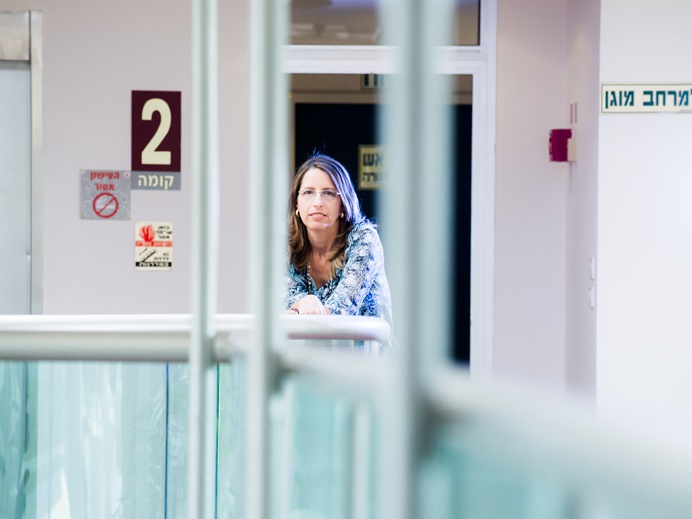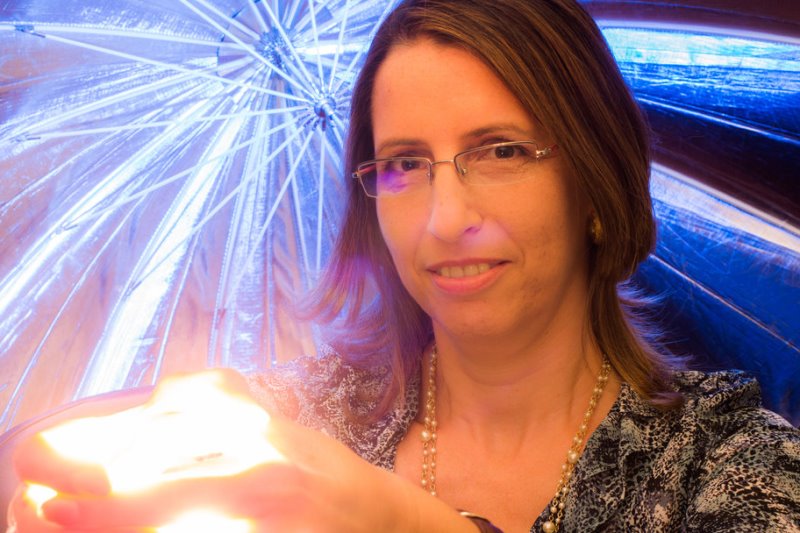“Take the microwave oven. It started as radar technology in WWII.
There was little need for it after the war,
but inventors found that it could cook food.”
Dr. Stav Rosenzweig
Mad Men’s advertising whiz, Don Draper, could learn a thing or two from Dr. Stav Rosenzweig from the Department of Management at the Guilford Glazer Faculty of Business and Management. Rosenzweig, whose research focuses on marketing, innovation and product development, has made some telling – and unexpected – findings.
Rosenzweig’s main interest lies in innovation, particularly its historical perspectives. That is to say, she looks at the development of new ideas, and through them, at processes over time: Who initiates, and then guides, innovations? How do innovation and new product development change through the years? In answering such questions, she has found that the 20th century is a rich source of material.

One may think that as marketing evolved during the last 100 years, customer demand would have directed innovation – that ultimately the consumer would be the one driving change. However, when trying to unravel the relationship between a new invention and its end-users, Rosenzweig found that the answer lies somewhere in between, but leans towards the inventor.
Take, for example, the computer mouse, which started solely in the mind of the inventor. No one envisioned how such a simple device could change how people use computers. Rosenzweig points out that while few significant innovations started with customers, those that did were often world-changing. She cites the birth control pill, which “altered world society and economy” and air conditioning, which “revolutionized patterns of settlement and prices of real estate,” as two examples.
In examining the role of technology in the initiation of radical innovations – the type of technology we use, and whether we create, imitate or adapt from different fields – Rosenzweig has concluded that adaptation is the answer.
Another example is glass initially developed for use in lantern globes for railways. The lanterns’ glass proved resistant to extreme temperatures, making it perfect to be adapted for use as cookware, which they started to market as Pyrex.
Customers liked Pyrex because it was clear and easier to clean than clay or metal cookware. “Pyrex was merely evolutionary for lanterns, but revolutionary for cookware,” explains Rosenzweig.
Teflon, the popular coating for pots and pans, was invented by DuPont, which sought to develop cooling materials. According to Rosenzweig, its initial use was for plating missiles, because it could not be detected by radar.
“It appears that this ‘borrowing’ has existed as long as humans have walked the earth,” says the researcher. “We know that ancient military technologies diffused to civilian life. Bronze and iron were used as weapons and then adapted for everyday use.”

With BA and MA degrees in history and an MBA and PhD in marketing, Rosenzweig brings a special richness to her field. “I’d like to think my background in the humanities gives me a more critical and broader perspective beyond business and the social sciences,” she says.
Illustrating her claim is her broad view of what she terms the “paradox of Israeli hi-tech.” She probes such questions as who invests, who benefits, whether exits are good, and what happens to Israeli know-how.
Not yet armed with definitive findings, Rosenzweig views Israeli hi-tech as a blessing, but a somewhat mixed one. She points out that as hi-tech startups often aim to make exits, technologies’ ownership goes to larger foreign companies, to other places. “This is the paradox: you need hi-tech since it drives the economy, but we lose some of our investment.
“There are hardly any incentives to help Israeli startups grow. Policy makers can change this by making foreign acquirers pay higher taxes to purchase Israeli startups and by increasing financing to these young companies. This could lower the number of innovations leaving the country.”
In another project, Rosenzweig concluded that adversity – though not too much of it – can boost innovation and performance. Placing women “under the microscope,” and taking the use of social networks as a case in point, she found that women in academia used available resources (their social networks) more effectively than their male counterparts.
“Women in these realms are a minority. If you are marginal, you learn to optimally use the resources at your disposal to improve your innovation and impact,” says Rosenzweig.
This principle, she claims, applies to companies as well as individuals. While this means innovative research for academics, it translates to new brands or products for firms. “You can be confident,” she continues, “that people or organizations that have faced adversity develop a better toolbox and thus have increased impact.”
Regardless, this researcher is happy with her own “resources,” both on the private level and professionally.
Having returned to Beer-Sheva, where she was born and raised, Rosenzweig has been a member of the BGU faculty for almost four years. Describing her “homecoming,” she gushes: “It’s just amazing how much I, my husband and two daughters love it here. None of us would want to be anywhere else.”
Her enthusiasm for the University is equally unbridled. “I love the open door policy for students here,” she says. “I love the young faculty, the sense of freedom, the spirit and the people.”
